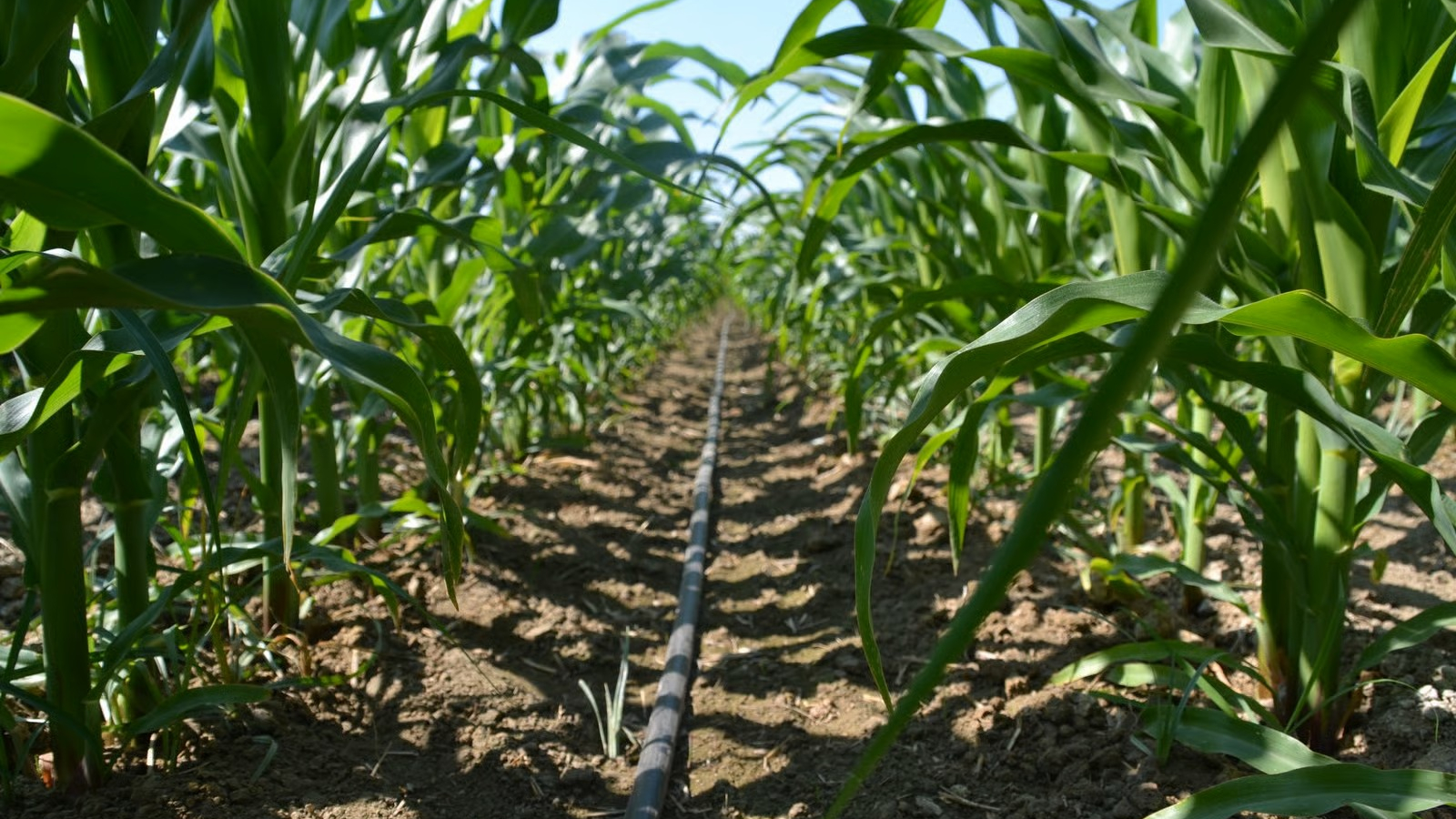Watering the Future: How Irrigation is Transforming Maize Production in Sub-Saharan Africa
Maize, or corn as it’s called in some parts of the world, is far more than just a staple crop in Sub-Saharan Africa. It’s a lifeline. From Nigeria to Malawi, maize fills stomachs, supports rural livelihoods, and fuels local economies. In many African countries, it accounts for over 30% of daily caloric intake. But here’s the catch: much of the maize grown across the region still depends entirely on rainfall. And as climate patterns shift and droughts become more frequent, this dependency is no longer sustainable.
So, what if we could take control of the water supply—and by doing so, boost maize yields, reduce hunger, and strengthen food security? That’s where irrigation comes in.
Irrigation: A Game-Changer for Maize
Research shows that irrigation can significantly improve maize yields—often doubling or even tripling production. In Ethiopia, for example, irrigated maize plots have yielded up to 5.2 tons per hectare, compared to 2.3 tons under rain-fed systems. Similar trends are seen in Kenya’s Mwea region and parts of northern Ghana, where irrigated fields consistently outperform their rain-dependent counterparts.
The reason is simple: irrigation provides consistency. When maize gets the water it needs—especially during critical growth stages like tasseling and grain filling—farmers are no longer at the mercy of erratic rainfall. Yields become more predictable, losses drop, and investment in better seed and fertilizer becomes more worthwhile.
Rain-fed vs. Irrigated: A Tale of Two Systems
For generations, African farmers have relied on the rain to nourish their crops. These traditional methods are deeply rooted in local knowledge and practices. However, rain-fed agriculture is increasingly risky. The rainy season may arrive late, end early, or fail altogether. Even within a single region, rainfall can vary dramatically from year to year.
Modern irrigation systems—ranging from simple treadle pumps to solar-powered drip irrigation—offer an alternative. They allow farmers to grow crops year-round, diversify their income, and respond more flexibly to market demands.
But let’s be clear: irrigation is not a magic bullet. It requires investment, maintenance, and know-how. And that’s where the challenge lies.
What’s Holding Back Irrigation Adoption?
Despite its benefits, only about 6% of cultivated land in Sub-Saharan Africa is equipped for irrigation, compared to 37% in Asia. Why the gap?
-
High upfront costs: Drip and sprinkler systems, pumps, pipes, and storage tanks aren’t cheap. Even small-scale solutions can be out of reach for low-income farmers.
-
Weak infrastructure: Many regions lack the basic roads, electricity, and water delivery systems needed to support irrigation.
-
Policy and financing gaps: Government support is often inconsistent. Subsidies, credit schemes, and land-use policies may not align with farmers’ needs.
-
Knowledge barriers: Without proper training, farmers may struggle to operate or maintain irrigation equipment effectively.
Seeds of Success: Stories from the Field
Yet, despite these hurdles, the tide is beginning to turn.
In Zimbabwe’s Silobela district, a community-led irrigation scheme transformed once-struggling farms into thriving enterprises. Supported by NGOs and local authorities, farmers installed low-cost drip systems powered by solar energy. Maize yields increased from an average of 1.8 to 4.7 tons per hectare, enabling families to sell surplus and reinvest in their farms.
In Northern Ghana, the government-backed “One Village One Dam” initiative has helped over 500 communities access water for dry-season farming. While not without its implementation challenges, the program has opened new opportunities for irrigated maize and vegetable cultivation.
And in Ethiopia’s Rift Valley, partnerships between research institutions and smallholder cooperatives have led to the adoption of efficient irrigation methods, along with improved seed varieties. The result? A more resilient, productive maize sector.
A Call to Action
The evidence is clear: irrigation is key to unlocking Africa’s maize potential. But it won’t happen in isolation.
-
Farmers, don’t wait for perfect conditions. Explore small-scale irrigation options. Partner with cooperatives. Share knowledge.
-
Governments, invest in rural infrastructure and irrigation-friendly policies. Provide affordable financing and support local manufacturing of equipment.
-
NGOs and agri-scientists, help bridge the knowledge gap. Pilot scalable models. Train extension workers. Facilitate access to data and tools.
Together, we can build a more food-secure future—one drop of water, and one maize cob, at a time.
Sources:
-
FAO, “Irrigation in Africa in Figures,” 2020
-
International Maize and Wheat Improvement Center (CIMMYT)
-
World Bank, “Ethiopia Agricultural Growth Project”
-
Ghana Ministry of Food and Agriculture (MoFA), 2023 Reports


 Cart is empty
Cart is empty 
Leave A Comment